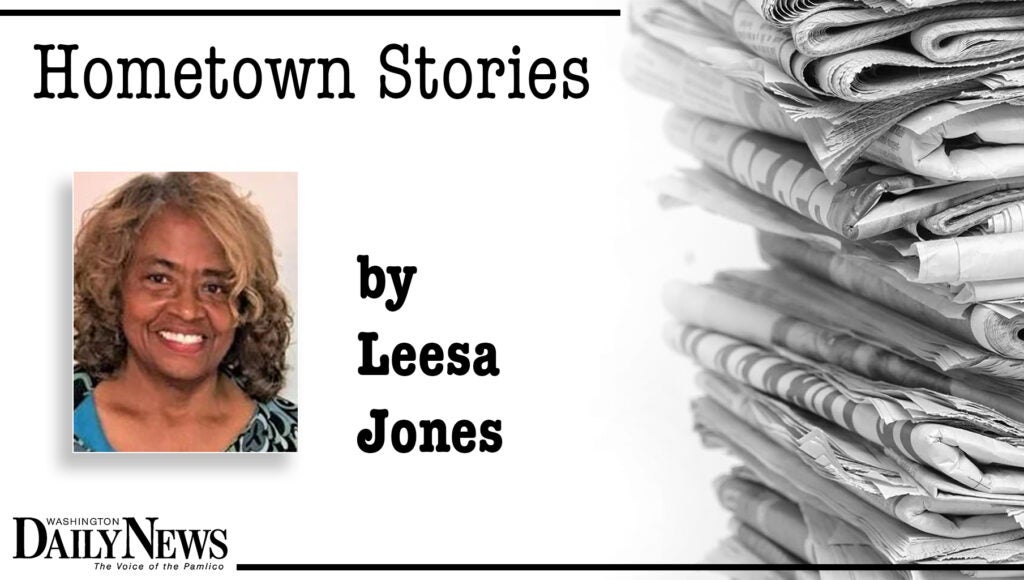Old neighborhoods, new discoveries
Published 4:46 pm Monday, June 10, 2024
|
Getting your Trinity Audio player ready...
|
There are so many reasons I enjoy visitors coming to the Washington Waterfront Underground Railroad Museum. One is I get to share Washington’s amazing history. I especially love it when native-born Washingtonians come back after decades of being away and seeing the tremendous changes around town. Many are stunned at the growth and progress. And while they are fascinated by the changes, many like to reminisce about the old neighborhoods that have long been gone.
We seemed to have lost a lot of the history about African American neighborhoods in Washington. The homeowners of the 1940’s-1970’s we knew as young people are gone and many of the legacies and histories about them have been dimmed by time. The names of those old neighborhoods remain in memories, but the people who lived there left incredible historical marks on this town. I am discovering and uncovering some history about those neighborhoods that seemed lost and I want to share it with you.
The Old Washington Heights neighborhood is an example.
The ‘Heights’ as it was called was a 43-acre location with about 90 houses. A prosperous neighborhood established more than a century ago, it was home to many families, and many residents there owned their own businesses. Eastern Elementary School sits today on 28 of the acres that was used to build the school. It was supposed to have a city park built on 10 of the acres, but the park was later built in another Urban Renewal Project area where the Bobby Andrews Recreation Center is today. The remaining acres were sold to people who built individual homes there.
Neighborhoods like The Pecan Grove on Carolina Avenue and Seventh Street to Eleventh with Bridge and Washington Streets on the east and west borders. The Plum Nelly neighborhood where the old Washington High School was, The Broadway neighborhood on Fifth Street between Market and Bridge, The Bragg Town neighborhood near where Haven’s Gardens is today, The Little Harlem neighborhood on Fourth Street between Respess, Van Norden and Gladden Street between Second and Fifth Streets and the Congressman Square neighborhood that surrounded the old Washington Elementary School and the old P. S. Jones High School campus.
It was said to be called ‘Congressman Square’ attributed by Professor and Principal P. S. Jones in honor of an African American man. More details about this later. Then there’s The Brick Yard neighborhood in Whootentown.
I’ll share more about these other neighborhoods and how they got their names in further columns. The Urban Renewal Program in the mid 1960’s and 70’s demolished many of the homes that were built for some of Washington’s most prominent and wealthy businesspeople.
These homes later fell into disrepair many decades later, as did the neighborhoods. The new Revitalization Program of the inner city is bringing back some of the former glory of these neighborhoods. I am truly grateful I get to share the history and people of those neighborhoods and I believe readers will love the inspiring history of the people who lived in these neighborhoods and went on to make national and international history.






